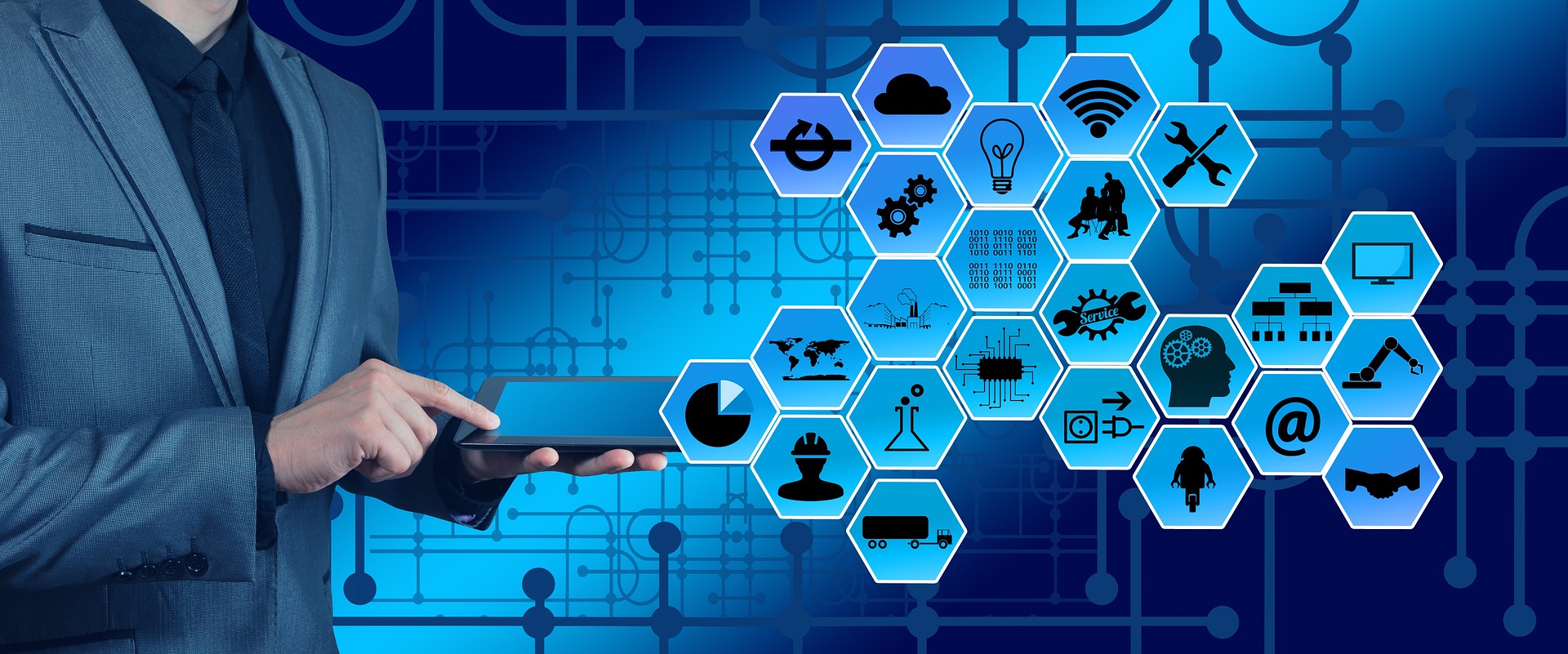Decoding the Impact of Telecommunication in Healthcare: A Deep Dive
In an era where the world is driven by technology, one cannot underestimate the significance of telecommunications in healthcare. This piece takes a comprehensive look at the intricate relationship between these two sectors, shedding light on key developments, contemporary trends, regulatory shifts, and potential challenges.

An Overview of Telecommunication in Healthcare
Telecommunication has come a long way from the days of simple telephone and radio systems. Today, the industry is a complex web of wireless communication devices, satellites, and computer systems. Similarly, healthcare has witnessed its own revolution, moving from traditional in-person consultations to virtual appointments. The intersection of these two sectors has birthed telehealth, a term encompassing the use of telecommunications to offer medical, health, and education services.
Major Technological Milestones
The journey of telecommunication in healthcare has had its share of notable milestones. The early 1900s saw the advent of the telephone, which allowed doctors to provide medical advice over a distance. The late 20th century witnessed the rise of the internet, which revolutionized patient-doctor interactions with features like email consultations and online medical records. More recently, mobile technology has further expanded the reach of telehealth, enabling real-time interaction through video conferencing and instant messaging.
Current Industry Trends and Regulatory Changes
Today, the telehealth landscape is shaped by several trends. The COVID-19 pandemic has accelerated the adoption of virtual healthcare, with an increasing number of patients and healthcare providers relying on telecommunication services. Meanwhile, technologies like artificial intelligence (AI) and machine learning (ML) are being integrated into telehealth platforms, enhancing diagnostics and treatment plans.
Regulatory changes are also influencing the direction of telehealth. Many governments are revising their policies to accommodate this new mode of healthcare delivery. For instance, several countries have expanded their insurance coverage to include telehealth services, thus encouraging more people to use these services.
The Impact, Challenges, and Practical Applications
Telecommunication in healthcare has numerous benefits. It increases access to healthcare services, especially for people in remote areas. It also improves patient engagement, enables better disease management, and reduces healthcare costs.
However, the integration of telecommunications and healthcare is not without challenges. Data security is a major concern, as patient information needs to be protected from cyber threats. Additionally, there’s a need for standardized protocols for delivering telehealth services to ensure quality care.
Looking Ahead
In conclusion, telecommunication has significantly transformed healthcare delivery. While there are challenges to overcome, the potential benefits are immense. As technology continues to evolve and regulations adapt, the future of telehealth looks promising. The key is to strike a balance between leveraging technological advancements and ensuring the safety and efficacy of telehealth services.





